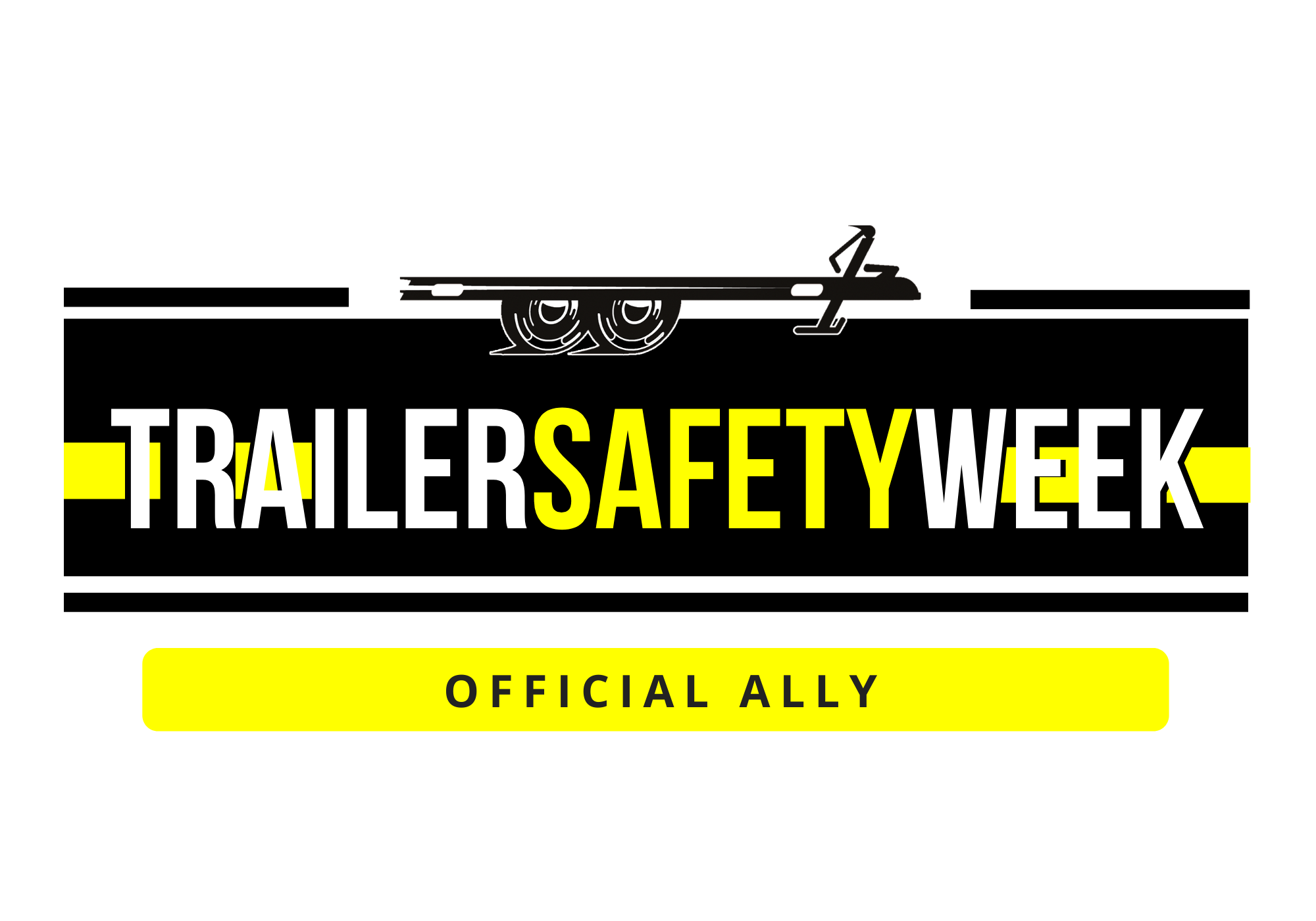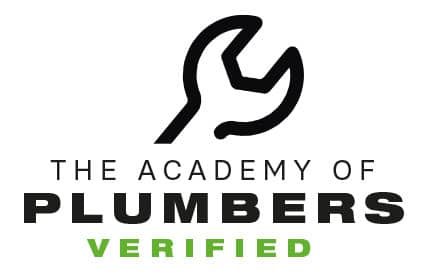NFPA 70E 2018: Arc Flash Safety and Human Performance
As a LEED© professional that has for years looked to behavioral modification to achieve certain goals such as saving energy (turn down thermostats, turn off lights) and reducing waste (sort and recycle), it has seemed like NFPA has been missing that particular boat when it comes to arc flash safety. For example, one of the most well-known, recorded, and documented arc flash incidents was partially due to the electrician ignorantly disabling an interlock before re-installing a draw-out breaker. If judgment errors occur in energy or recycling, you may waste some kWh or add to a landfill; judgment errors in electricity can lead to disastrous injuries if not merciful death, and change a life’s trajectory. After all, “electricity is just organized lightning” (George Carlin).
Here at Transworld Inc. Electrical Contractors, we have assisted hundreds of clients over the last 15 years with NFPA 70E arc flash compliance. Typically, clients have some idea that they want to be compliant, either due to corporate policy, an arc flash incident or near miss, or just a desire to get out in front of the danger and maintain a safe work environment (and at the same time avoid potential OSHA fines that are increasing rapidly). Our compliance process (in step with this standard) results in a safer work environment as reliable data becomes readily available. What’s missing, and what is newly addressed in Annex Q in the 2018 Standard, are the behavioral changes needed to take advantage of this newly available “stored knowledge”.
Just as Chapter 1 in the Standard contains calculations that only an engineer can appreciate, Annex Q “Human Performance and Workplace Electrical Safety” contains esoteric references to intellectual giants such as Jens Rasmussen and James Reason, addressing root causes of human error that maybe only a psychiatrist can really appreciate. I will try to summarize all of this in outline form as follows:
Performance Models
- Skill-Based Performance – fast but prone to errors
- Familiar and common situations
- Procedure understood in milliseconds
- Subject to errors due to minute changes in the person or the task
- Reduced perceived risk due to past experience, leading to insensitivity to hazards
- Knowledge-Based Performance – slow, often incomplete
- Unfamiliar and based on information only readily available
- Procedure may not be completely understood even in minutes or hours
- Subject to errors due to incomplete information
- Decision making is erroneous as problem-solving is based on incomplete information
- Rule-Based Performance – “if/then” based on “stored knowledge”
- Most desirable and allows time for critical thinking for additional error prevention
- The safe procedure is understood in seconds
- Least chance of error considering fast access to risk data and the opportunity for additional critical thinking
- Accurate decision making based on complete “stored knowledge”
Rule-Based Performance is most desirable in all situations, and, in the electrical distribution arena, is thoroughly supported by implementing the entire NFPA 70E process. The steps are (a) identify electrical assets; (b) conduct energized and de-energized preventive and predictive maintenance to assure that the system is operating as designed; (c) mitigate excessive risks by coordinating breakers and performing short circuit analyses; (d) communicate risks with posted informative labels and single-lines, and with a written safety plan; (e) instruct on risk elimination, substitution, engineering controls, and PPE (as a last resort); (f) maintain the safety program through blame free communication and performing annual electrical “detective” (preventive/predictive) maintenance.
A business will operate more safely by moving away from Skill- and Knowledge-Based risk mitigation that are more prone to error, and by employing as many of the following guidelines, enterprise-wide, as possible:
- Communicate clearly at all levels
- Seek out personal and broader company weaknesses that may lead to error-prone situations
- As a team, anticipate and eliminate error-prone situations
- Maintain a blame-free culture of personal and workplace learning and continuous improvement
Annex Q, section Q.1 “Introduction” lists a hierarchy of risk control methods that should be a part of Rule-Based Performance. The top 3 are: eliminating the hazard (de-energized), substituting other materials or methods, and using engineering controls (such as remote racking). I would argue that priority 4 on this list “establishing systems that increase awareness of potential hazards” could be #1 simply due to this question: how does one know where and when to eliminate, substitute, or control a risk? Communicate, seek out weaknesses, anticipate…
One last comment: we hear a great deal from our customers about PPE, what do they need, how is it maintained, when is it used, etc. PPE is the last resort, #6 on the hierarchy of risk control methods, because it may not be effective due to changed conditions or inadequate maintenance. Furthermore, PPE can create a new risk pinch-point due to reduced dexterity and sight, and excessive heat builds up for the technician wearing it. Be sure to exhaust all other risk control methods for the calculated risk before reaching for the PPE kit, everyone involved will be much better off.
By Jeff Beukema
Electrical Services Consultant
Transworld Inc. Electrical Contractors
Charleston, SC




